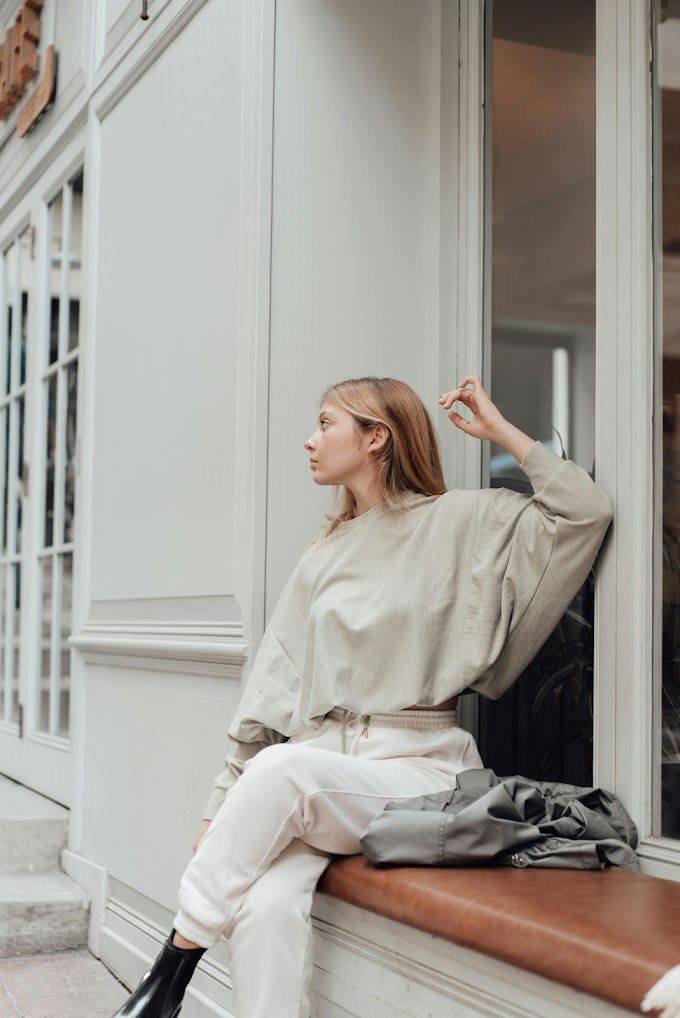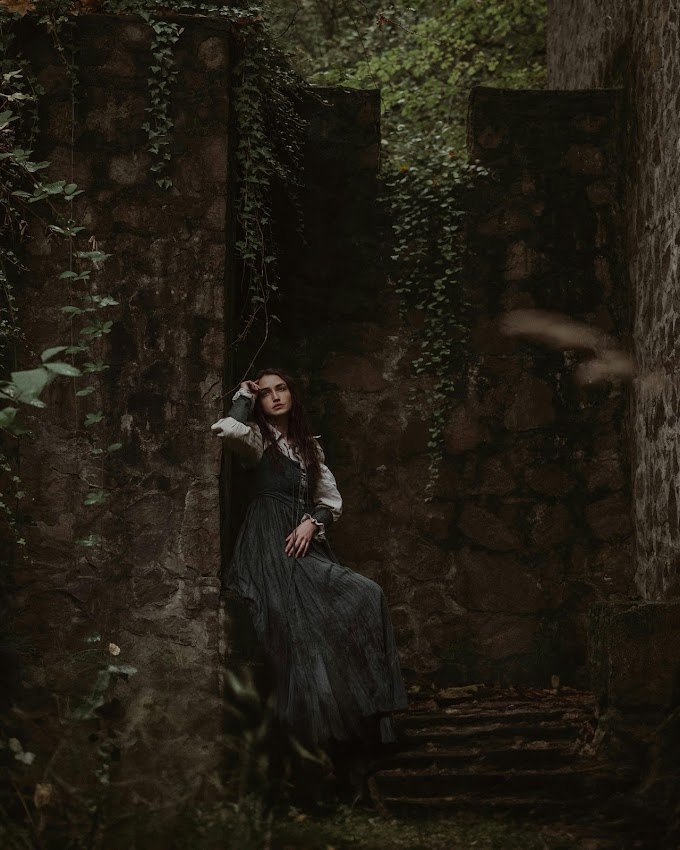The Roaring Twenties: Flapper Fashion
The 1920s, often referred to as the Roaring Twenties, was a decade of immense cultural, social, and economic change. This era marked the beginning of modern fashion, and at the forefront of this revolution was the iconic flapper. Flapper fashion, with its bold, liberated style, symbolized the newfound freedom and independence of women in the post-World War I era. In this article, we will delve into the origins, characteristics, and cultural impact of flapper fashion, as well as its lasting legacy in the world of fashion.
Origins of Flapper Fashion
The term "flapper" originally emerged in the early 20th century to describe young women who were breaking away from the restrictive norms of the Victorian and Edwardian eras. However, it was in the 1920s that the flapper truly came into her own. The end of World War I in 1918 brought about significant social changes. Women had entered the workforce in large numbers during the war, and their contributions had earned them greater independence and a stronger voice in society. The 19th Amendment, granting women the right to vote, was ratified in 1920, further empowering women and encouraging them to express their newfound freedoms.
The flapper was not just a product of social change but also an active participant in shaping it. She represented a new kind of woman who was free-spirited, adventurous, and unafraid to challenge societal norms. The flapper movement was a direct response to the stifling constraints of the past, and it embraced a lifestyle that was as bold and dynamic as the fashion it inspired.
Characteristics of Flapper Fashion
Flapper fashion was characterized by its departure from the traditional, restrictive clothing of previous decades. The flapper wardrobe was all about freedom of movement, boldness, and a touch of rebellion. The style was influenced by a variety of sources, including art movements, music, and changes in societal attitudes.
1. The Flapper Dress: The quintessential flapper dress was knee-length, straight, and loose-fitting. These dresses often featured dropped waistlines, creating a boyish silhouette that contrasted sharply with the hourglass figures emphasized by Victorian and Edwardian fashion. The dresses were typically sleeveless or had short sleeves, allowing women to move freely and dance with ease. The shift dress, as it was also known, was a symbol of liberation from the corsets and heavy fabrics of the past.
2. Fabrics and Embellishments: Flapper dresses were made from lightweight fabrics such as silk, chiffon, and crepe de chine. These materials allowed for greater movement and comfort. The dresses were often adorned with intricate beadwork, sequins, and fringe. The elaborate embellishments caught the light and shimmered as women danced, adding to the allure of the flapper's appearance. The beading and sequins were not just decorative but also served to emphasize the movement of the wearer, making the dance even more visually striking.
3. Accessories: Accessories played a crucial role in completing the flapper look. Long strands of pearls, feathered headbands, cloche hats, and beaded handbags were popular choices. The headbands, often adorned with feathers or jewels, were worn low on the forehead, adding to the distinctive flapper style. Other accessories included silk stockings with garters, which were often rolled just above the knee, and long cigarette holders, which became a symbol of sophistication and rebellion.
4. Footwear: Flapper footwear included T-strap heels and Mary Jane shoes. These shoes had a modest heel height, making them comfortable for dancing. The emphasis was on both style and practicality. The shoes often featured decorative elements such as buckles, straps, and cut-outs, adding to their appeal. Comfort was key, as flappers needed to be able to dance the night away without being hindered by their footwear.
5. Hairstyles: The bob haircut became synonymous with flapper fashion. This short, sleek hairstyle was a radical departure from the long, flowing locks of previous eras. Women also experimented with finger waves and marcel waves to add a touch of elegance to their bobbed hair. The bob was more than just a hairstyle; it was a statement of independence and modernity. Women who adopted this style were making a bold declaration that they were not bound by the traditional expectations of femininity.
6. Makeup: Makeup played a significant role in the flapper look. Bold, dark eyes, often achieved with the use of kohl eyeliner and eyeshadow, were a hallmark of the style. Red lipstick and rouge were also popular, as they helped to create a striking and dramatic appearance. The use of makeup was another way in which flappers asserted their independence and challenged societal norms, as heavy makeup had previously been associated with actresses and "loose" women.
The Cultural Impact of Flapper Fashion
Flapper fashion was more than just a style of clothing; it was a statement of rebellion and liberation. The flapper embodied the spirit of the 1920s, a time of rapid social and cultural change. Here are some of the key ways in which flapper fashion influenced society:
1. Breaking Gender Norms: Flapper fashion challenged traditional gender norms by adopting a more androgynous look. The straight, boyish silhouettes of flapper dresses blurred the lines between male and female fashion, paving the way for greater gender equality. The rejection of corsets and the embrace of more practical, comfortable clothing were seen as a rejection of the idea that women should suffer for beauty. This shift in fashion was reflective of broader changes in societal attitudes towards gender roles and the increasing demand for gender equality.
2. The Jazz Age: The 1920s were also known as the Jazz Age, a time when jazz music and dance became wildly popular. Flappers were often seen in jazz clubs, dancing the Charleston and other energetic dances. Their fashion choices reflected the exuberance and carefree spirit of the era. The jazz clubs were not just places for dancing but also for socializing and breaking down social barriers. Flappers and their male counterparts mingled freely, creating a more relaxed and open social atmosphere.
3. Women's Liberation: Flapper fashion was a visual representation of women's liberation. By rejecting the corsets and heavy fabrics of the past, flappers embraced a new sense of freedom and independence. This shift in fashion paralleled the broader women's rights movement, which was gaining momentum during this time. The flapper's lifestyle, which included smoking, drinking, and a more open attitude towards sexuality, was a challenge to the traditional roles that women had been expected to play. The flapper was a symbol of the modern woman who was free to make her own choices and live her life on her own terms.
4. Influence on Media: Flappers were frequently depicted in films, literature, and advertisements of the 1920s. Iconic flapper characters, such as those portrayed by actresses Clara Bow and Louise Brooks, became cultural icons and further popularized the flapper image. These representations helped to cement the flapper's place in popular culture and spread her influence far beyond the jazz clubs and dance halls. The flapper's image was used to sell everything from clothing to cosmetics, making her a powerful symbol of modernity and consumerism.
5. The Rise of Ready-to-Wear: The demand for flapper fashion contributed to the growth of the ready-to-wear clothing industry. Mass-produced, affordable flapper dresses became widely available, making it easier for women to adopt the latest trends. The rise of department stores and mail-order catalogs made fashion more accessible than ever before. This democratization of fashion allowed women from all walks of life to participate in the flapper trend, further spreading its influence.
6. Social and Racial Integration: The Jazz Age was also a time of significant social and racial integration, particularly in the urban centers of America. Jazz music, which originated in African American communities, became a cultural phenomenon that transcended racial boundaries. Flappers, who were at the forefront of embracing this new music, played a role in breaking down racial barriers and promoting a more inclusive society. The dance halls and jazz clubs of the 1920s were some of the first places where people of different races could socialize together openly, setting the stage for future civil rights movements.
The Legacy of Flapper Fashion
Although the flapper era came to an end with the onset of the Great Depression in the 1930s, its influence on fashion and culture endures to this day. Here are some ways in which flapper fashion continues to inspire modern style:
1. Vintage Revival: Flapper fashion experienced a resurgence in the late 20th and early 21st centuries. Vintage shops and fashion designers began to draw inspiration from the 1920s, incorporating flapper elements into contemporary designs. The timeless appeal of the flapper look, with its elegance and simplicity, continues to captivate fashion enthusiasts. Vintage-inspired collections often feature beaded dresses, cloche hats, and other flapper accessories, allowing modern women to embrace the spirit of the 1920s.
2. The Great Gatsby Effect: F. Scott Fitzgerald's novel "The Great Gatsby," set in the 1920s, has had a lasting impact on popular culture. The book and its film adaptations have brought flapper fashion back into the spotlight, with many people hosting Gatsby-themed parties and events. These events often feature guests dressed in flapper attire, complete with beaded dresses, feathered headbands, and jazz music. The glamorous world of "The Great Gatsby" continues to inspire fashion and lifestyle trends, keeping the spirit of the Roaring Twenties alive.


.jpeg)





